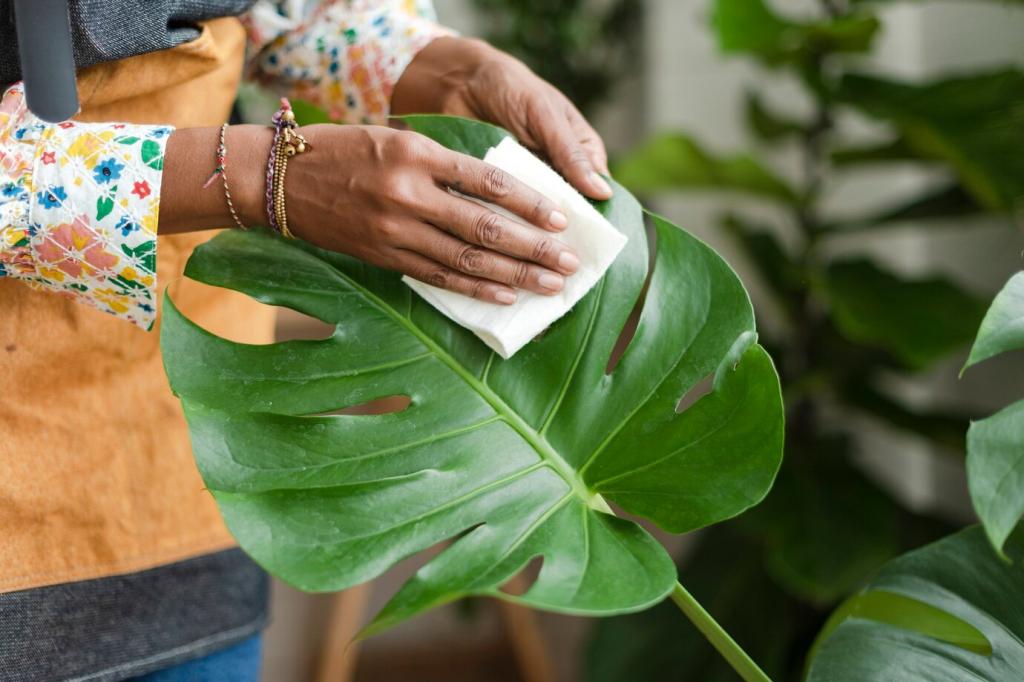
Bring Out the Glow: DIY Natural Polish for Wooden Furniture
Chosen theme: DIY Natural Polish for Wooden Furniture. Welcome to a warm, hands-on approach to reviving wood with ingredients you can pronounce, scents you’ll love, and a finish that feels as honest as it looks. Let’s mix, apply, and celebrate furniture that gleams naturally—no fumes, no stress, all heart.
Why Natural Polish Belongs in Your Home
DIY natural polish for wooden furniture avoids harsh solvents and heavy VOCs, so your rooms smell like citrus or honeyed wax instead of a workshop. The finish lets wood breathe, highlights grain without plastic gloss, and makes dusting simpler. If you have kids, pets, or sensitive sinuses, that softer, safer shine is a daily gift.
Why Natural Polish Belongs in Your Home
A small tin of beeswax and a bottle of quality oil can yield months of furniture care, often costing less than store-bought polishes. Sourcing from local beekeepers or fair-trade suppliers makes every buff an ethical choice. Plus, making your own DIY natural polish for wooden furniture is surprisingly calming and deeply rewarding.

Your First Batch, Step by Step

Use a gentle double boiler. Melt 1 part beeswax with 3 parts carrier oil until fully liquefied. Stir patiently, remove from heat, add a few drops of essential oil, then vitamin E. Pour into tins and let set. This DIY natural polish for wooden furniture spreads easily, buffs quickly, and flatters most living-room pieces.

Apply Like a Pro
Wipe the surface with a barely damp cloth, then dry thoroughly. Dust hides in corners and steals shine, so chase it out with a soft brush. If there’s greasy residue, use a mild, wood-safe cleaner. Your DIY natural polish for wooden furniture bonds best to clean, dry grain, not grime or old silicone sprays.
Care, Safety, and Fixes
Store polish in a cool, dark spot with a tight lid. If you use nut-based oils, label clearly and warn guests about potential allergens. When in doubt, choose tung or fractionated coconut. For DIY natural polish for wooden furniture, freshness prevents off-odors, and clarity ensures the grain remains the obvious hero.


Care, Safety, and Fixes
Haze usually means too much wax—buff longer or wipe with a cloth warmed slightly by a hair dryer on low. Streaks fade with a thin recoat and thorough buffing. Sticky patches respond to a tiny dab of oil, then vigorous polishing. Patch-test fixes before tackling an entire piece to preserve your progress.
Stories, Inspiration, and Community
01
A reader revived her grandfather’s oak table after decades under a plastic tablecloth. One careful afternoon with beeswax, lemon oil, and patient buffing revealed tiger-stripe grain no one in the family remembered. If DIY natural polish for wooden furniture can unlock that kind of history, what hidden character might yours reveal?
02
A curbside walnut chair looked gray and lifeless—until a soft wax blend, two coats, and a final high-energy buff transformed it completely. The seat now flashes warm highlights at sunset. Post your before-and-after photos; your DIY natural polish for wooden furniture makeover could spark someone else’s weekend project.
03
Tell us your favorite scent blend—cedar and orange, or lavender and bergamot? Ask questions, trade ratios, and subscribe for new recipes and seasonal tips. If today’s DIY natural polish for wooden furniture guide helped, drop a comment, tag your glow-up photos, and invite a friend who loves honest, hands-on craftsmanship.
